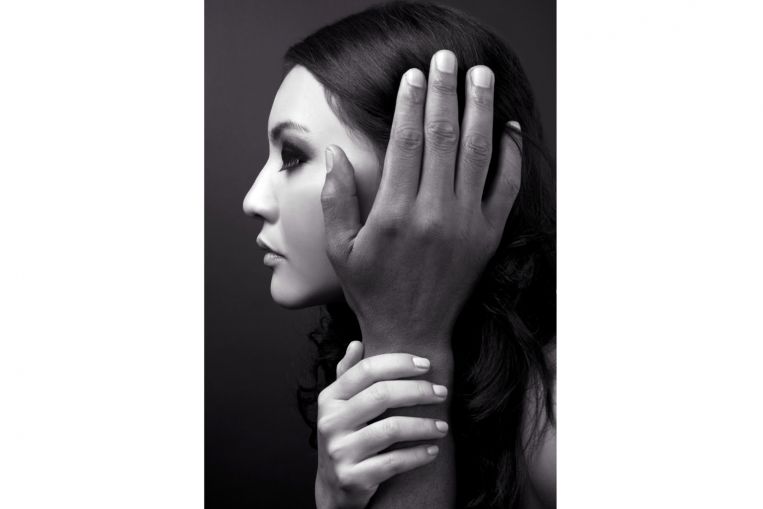Ashleigh Barty's deserved win in the French Open tennis is a great day for the cause of women in sport but it is worth remembering that there have been a lot of false dawns along this road.
Barty's 6-1, 6-3 defeat of Czech Marketa Vondrousova in the early hours of Sunday morning is the first time an Australian has won a singles title at Roland Garros since 1973, back in the glory days of Australian tennis, and the first grand slam singles event won by a female tennis player since Sam Stosur won the US Open in 2011.
The victory is all the sweeter because of the circuitous route that brought the 23-year-old Barty there. After a few bad seasons as a professional player, she hung up her racquet and switched to the Women's Big Bash League in cricket. But after a couple of years, the intensity of tennis' individual combat lured her back and now just three years later she holds one of the biggest prizes in world tennis.

Ash Barty has won her first grand slam title despite taking a year off earlier in her career.Credit:omnisport
Barty, a Ngarigo woman who grew up near Ipswich in Queensland, follows in the footsteps of Evonne Goolagong Cawley as a great example of an Indigenous woman who has succeeded in sport.
Advertisement
Yet the fact that as long ago as 1973 Ms Goolagong Cawley was a national star underlines that women have been doing well at sport for a long time and they are still often second-class citizens.
Pleasingly, Barty will receive the same prizemoney ($A3.73 million) as the male singles champion but the same is certainly not true of many other sports where wages for women are usually a fraction of those earned by the men. Even in tennis, male stars still enjoy an advantage in sponsorships.
By coincidence, the Matildas, the national women's soccer team, are also in France and on Sunday evening began their campaign to win the FIFA Women's World Cup in the opening game of the group stage against Italy. They exemplify how for women it can be two steps forward and one back.
The Matildas have an outside chance of winning the cup, unlike the mid-ranking Socceroos, and they are receiving good television and press coverage. That is a major improvement from 20 years ago when, as the Herald reported recently, soccer administrators convinced the Matildas squad to pose nude for a team calendar in a misguided attempt to try to attract media attention. Women now are recognised simply for their sporting prowess.
Yet there are still huge disparities between women's and men's sport. Australia boasts some of the world's top women's soccer players, including arguably the world's best striker Samantha Kerr. But women's pay iRead More – Source
Ashleigh Barty's deserved win in the French Open tennis is a great day for the cause of women in sport but it is worth remembering that there have been a lot of false dawns along this road.
Barty's 6-1, 6-3 defeat of Czech Marketa Vondrousova in the early hours of Sunday morning is the first time an Australian has won a singles title at Roland Garros since 1973, back in the glory days of Australian tennis, and the first grand slam singles event won by a female tennis player since Sam Stosur won the US Open in 2011.
The victory is all the sweeter because of the circuitous route that brought the 23-year-old Barty there. After a few bad seasons as a professional player, she hung up her racquet and switched to the Women's Big Bash League in cricket. But after a couple of years, the intensity of tennis' individual combat lured her back and now just three years later she holds one of the biggest prizes in world tennis.

Ash Barty has won her first grand slam title despite taking a year off earlier in her career.Credit:omnisport
Barty, a Ngarigo woman who grew up near Ipswich in Queensland, follows in the footsteps of Evonne Goolagong Cawley as a great example of an Indigenous woman who has succeeded in sport.
Advertisement
Yet the fact that as long ago as 1973 Ms Goolagong Cawley was a national star underlines that women have been doing well at sport for a long time and they are still often second-class citizens.
Pleasingly, Barty will receive the same prizemoney ($A3.73 million) as the male singles champion but the same is certainly not true of many other sports where wages for women are usually a fraction of those earned by the men. Even in tennis, male stars still enjoy an advantage in sponsorships.
By coincidence, the Matildas, the national women's soccer team, are also in France and on Sunday evening began their campaign to win the FIFA Women's World Cup in the opening game of the group stage against Italy. They exemplify how for women it can be two steps forward and one back.
The Matildas have an outside chance of winning the cup, unlike the mid-ranking Socceroos, and they are receiving good television and press coverage. That is a major improvement from 20 years ago when, as the Herald reported recently, soccer administrators convinced the Matildas squad to pose nude for a team calendar in a misguided attempt to try to attract media attention. Women now are recognised simply for their sporting prowess.
Yet there are still huge disparities between women's and men's sport. Australia boasts some of the world's top women's soccer players, including arguably the world's best striker Samantha Kerr. But women's pay iRead More – Source











